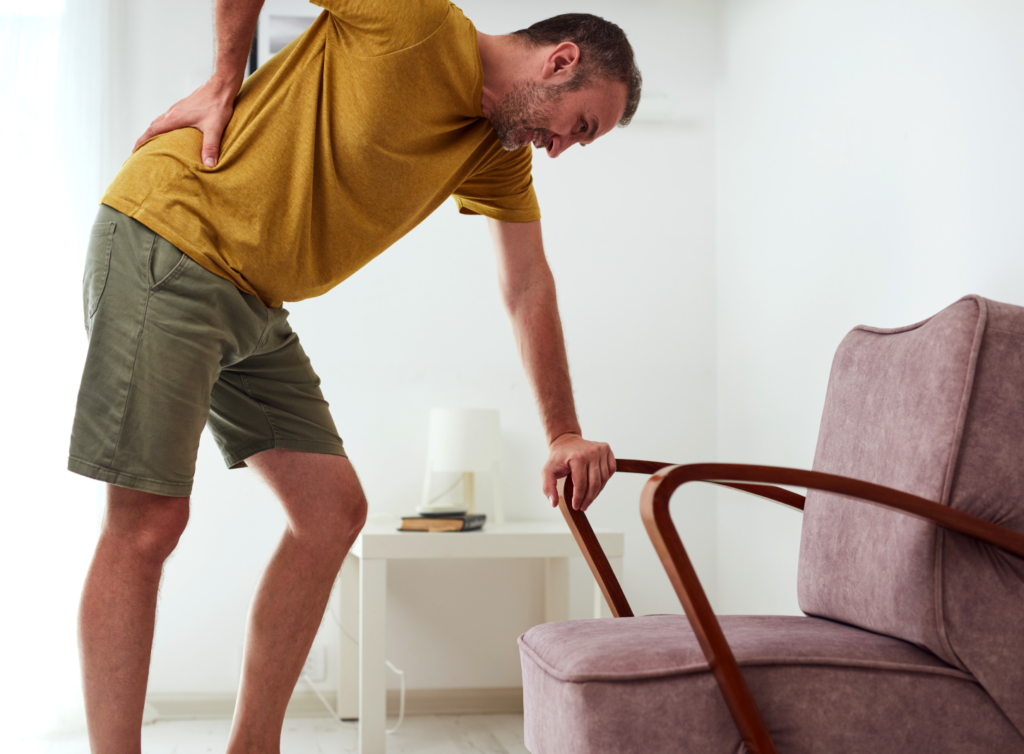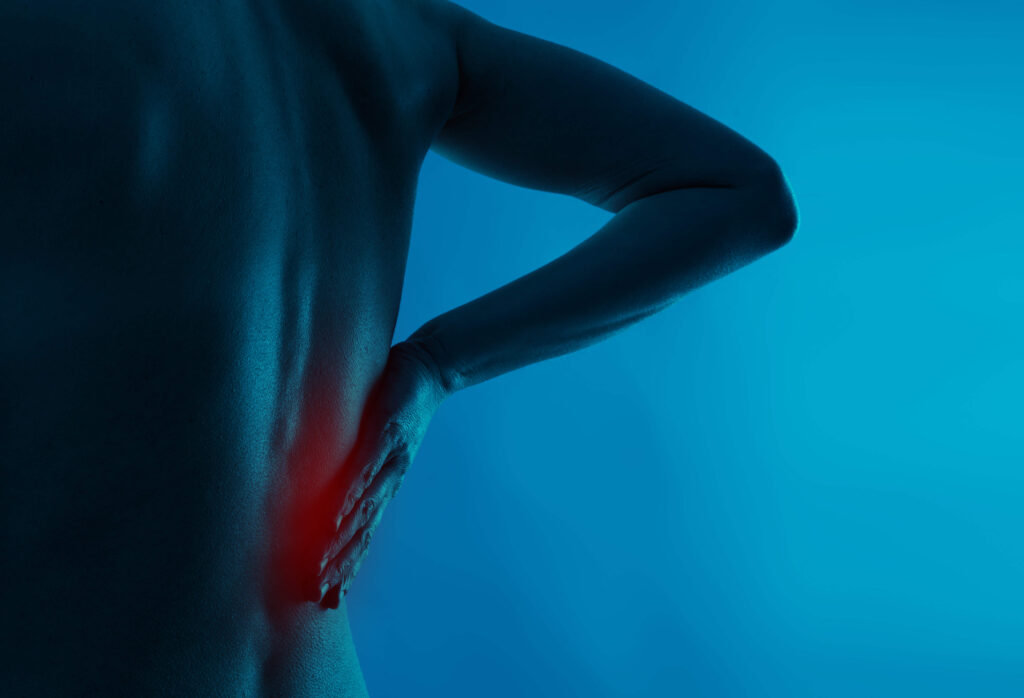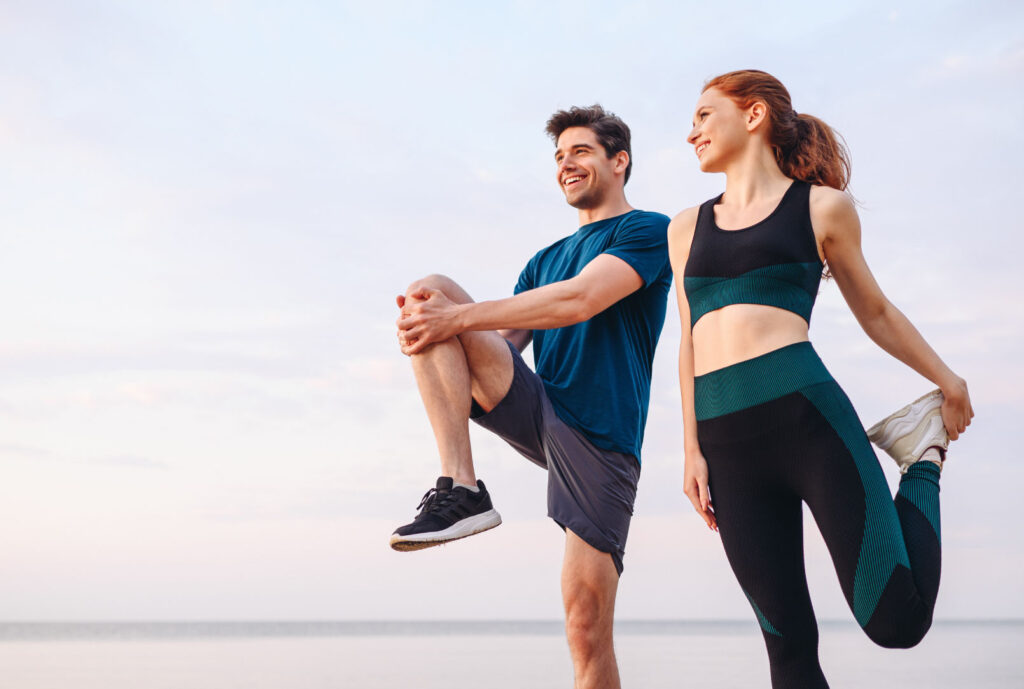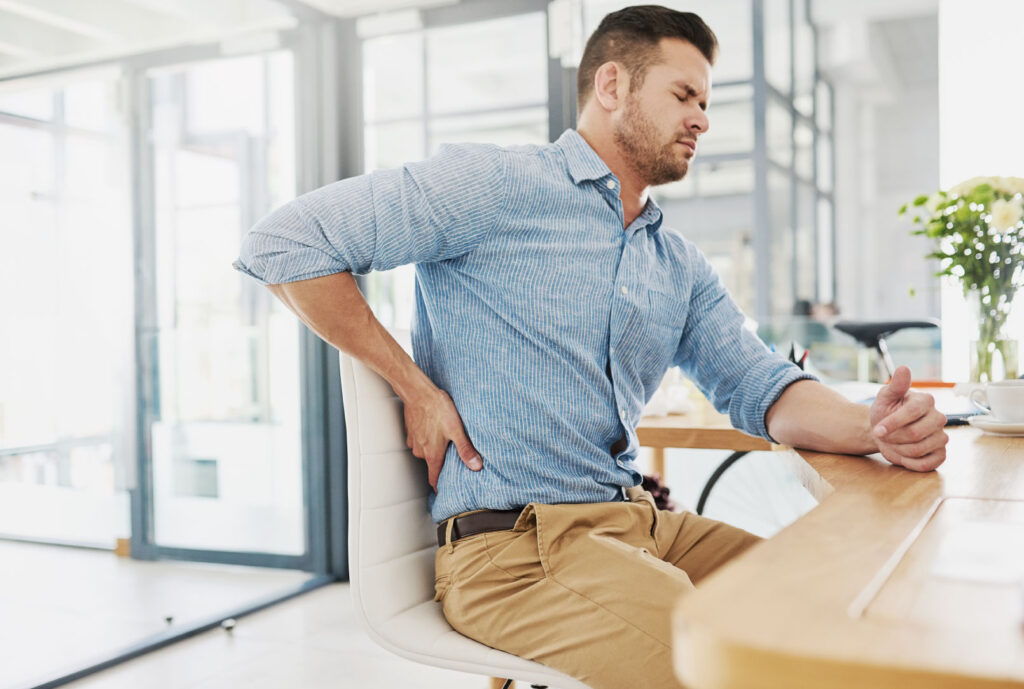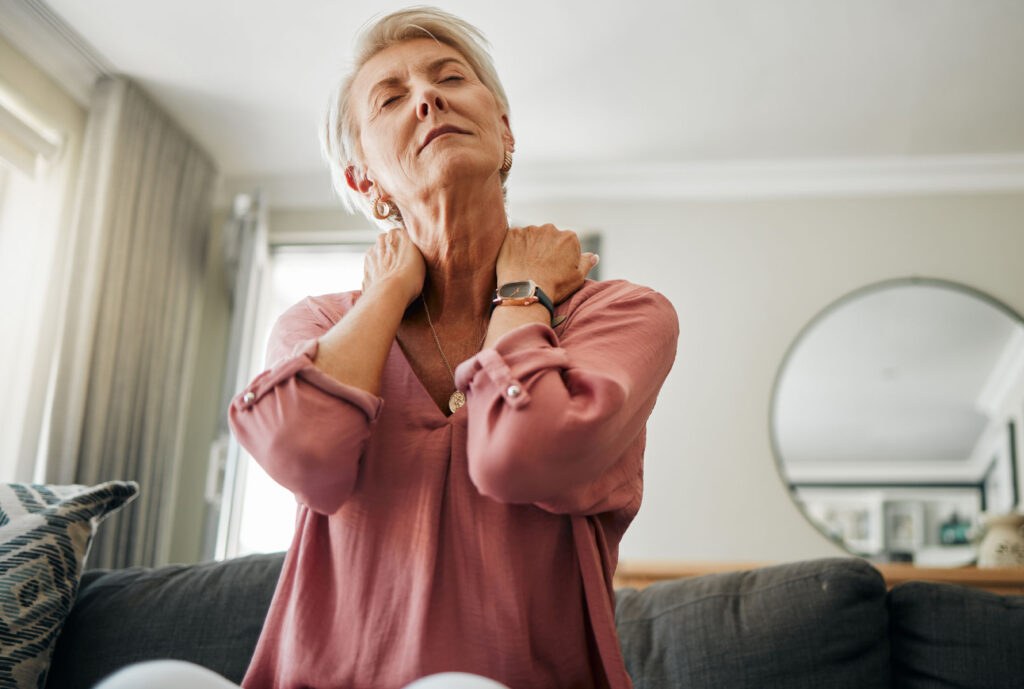Summer is a time to enjoy the sunshine, outdoor activities, and long-awaited vacations, but it’s also a season when back injuries can be much more common. Whether you’re awkwardly lifting heavy luggage, gardening, or attempting to keep up with the kids, back pain may sneak up on you fast and possibly linger for weeks or […]
Blog
What to Do When Sciatica Flares Up?
Relieve Pain and Restore Mobility with Help from Neurosurgery & Spine Consultants If you experience a sudden jolt of pain from your lower back, down to your leg, it may be sciatica related. Sitting can be uncomfortable, walking can be difficult, and lying down does not seem to alleviate symptoms either. So what does one […]
Do I Need Back Surgery?
Understanding Your Options with Neurosurgery & Spine Consultants Back pain can be truly relentless. For many individuals, it will start with a dull ache, then possibly linger for weeks. The flare-ups could transform into sharp pain, limiting bodily movement and overall quality of life. When conservative treatments no longer bring relief, it may be time […]
The Importance of Regular Movement for Sciatica Sufferers
Find Relief and Stay Active with Neurosurgery & Spine Consultants When you’re having to deal with sciatica, any movement may exacerbate the problem and moving at all may be the last thing you want to do. Sharp, radiating pain running down your leg, combined with numbness, tingling, and muscle weakness may make even the simplest […]
The Role of Physical Therapy in Managing Arthritis
Brought to You by Neurosurgery & Spine Consultants – San Antonio’s Leaders in Joint, Spine, and Arthritis Care Arthritis Isn’t the End of Movement — It’s a Call to Explore Physical Therapy Arthritis affects over 58 million Americans, and while there’s no cure for arthritis, there is a clearer path than ever before to better […]
Celebrate Cinco de Mayo with Stronger Spines & Healthy Choices
Cinco de Mayo is more than a colorful parade, festive music, and delicious food; it’s a true celebration of resilience and overcoming adversity. At Neurosurgery & Spine Consultants, we believe the same spirit of strength and perseverance is something we see in our patients as they accomplish milestone moments on their journey toward better spine […]
The Impact of Stress On Back Pain
Brought to You by Neurosurgery & Spine Consultants – San Antonio’s Leaders in Spine Health When Emotional Stress Becomes Physical Pain We all experience stress from time to time throughout our lives, it’s a part of life. What happens when stress doesn’t just weigh on your mind, but also your neck, back, and spine? You’re […]
Tips for Maintaining Neck Health as You Age
Brought to You by Neurosurgery & Spine Consultants – San Antonio’s Trusted Experts in Neck & Spine Health Why Neck Health Matters More with Age As we age, our bodies will go through a multitude of changes, and your neck is no exception to these changes. The neck is often overlooked until it becomes painful, […]

